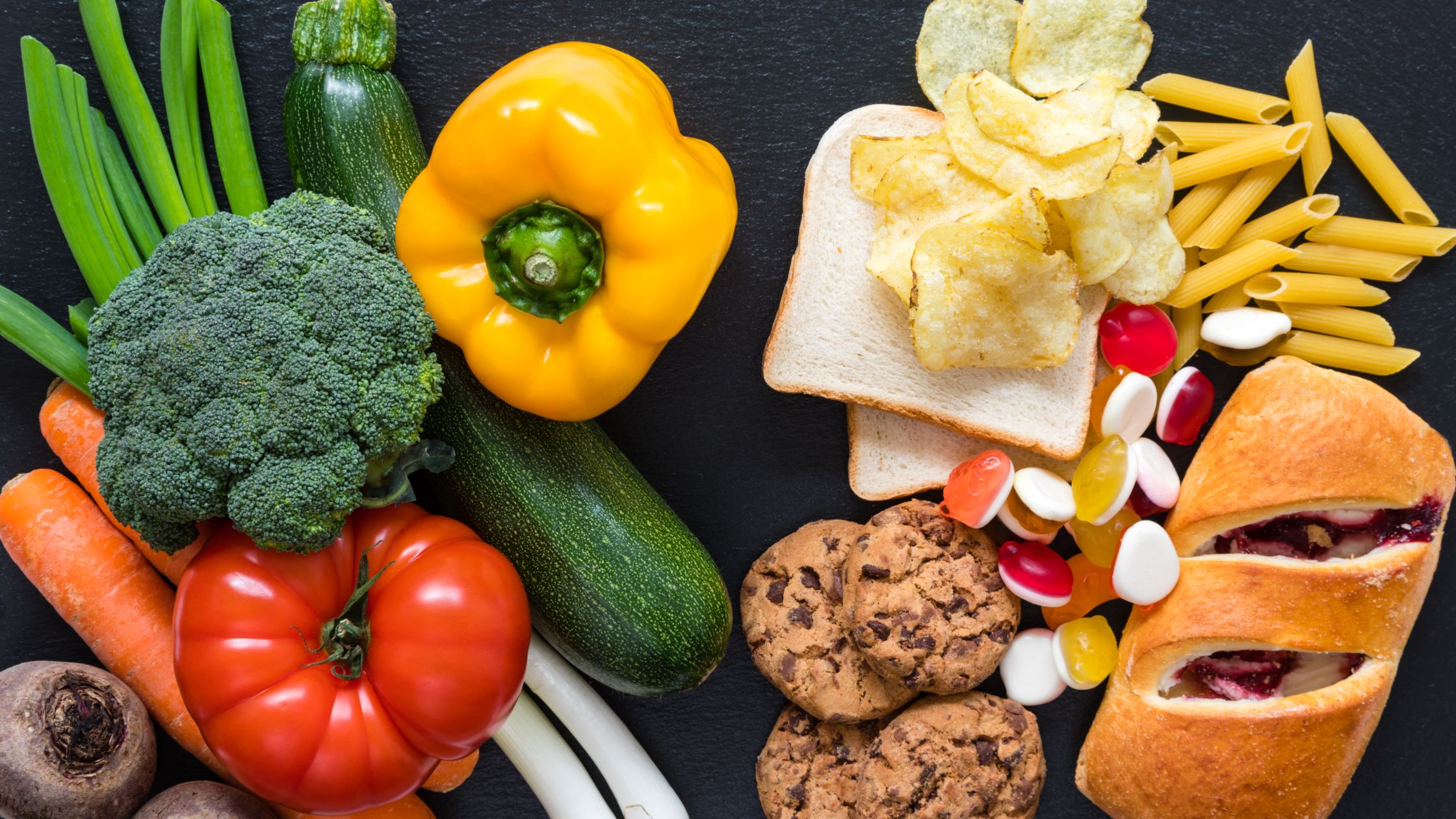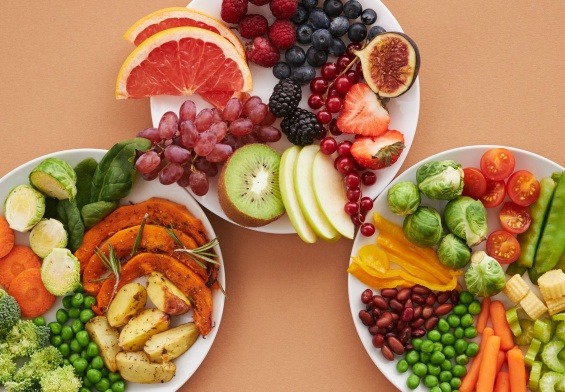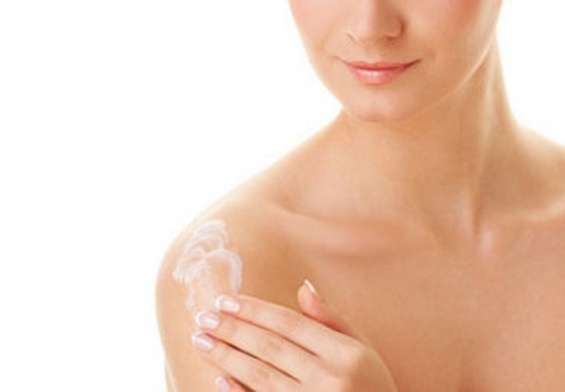Ever wonder why your skin still acts up despite a solid skincare routine?
You’re drinking water, moisturizing daily, and maybe even investing in quality products—yet those pesky breakouts, dry patches, or dull tone just won’t quit. The culprit might be your plate, not your face wash. Certain everyday foods can silently sabotage your skin from the inside out. Inflammation, dehydration, hormonal shifts—your diet influences all of it. Let’s break down the top 8 foods that can hurt your skin, plus healthy swaps your complexion will thank you for.
How Your Diet Affects Skin Health
Your skin is your body’s largest organ—and it reflects your internal health. What you eat can either nourish your skin or trigger inflammation, oil overproduction, and breakdown of collagen and elastin (a.k.a. the proteins that keep skin plump and youthful).
-
High-sugar and processed foods spike insulin and worsen acne.
-
Dairy and salty snacks can cause puffiness and irritation.
-
Hydration and gut health play a key role in your skin’s glow.
So yes, beauty truly starts from the inside.
Why What You Eat Shows on Your Skin
Your skin is your body’s largest organ and one of the first to show signs of poor internal health. Inflammation, poor digestion, and dehydration—often caused by food—can lead to:
-
Breakouts and oily skin
-
Dullness and dryness
-
Fine lines and wrinkles
-
Flare-ups of conditions like eczema or rosacea
As you age, your skin becomes thinner, drier, and less elastic, making it even more vulnerable to dietary triggers. That’s why it’s important to pay attention to how food affects your skin through each decade of life.
1. Sugar & Sweets
Why it’s bad:
Refined sugar increases insulin levels, which leads to higher oil production and inflammation. It also contributes to glycation, a process that damages collagen and makes skin look older, faster.
Common culprits: candy, cakes, sweetened drinks, flavored yogurts
Healthier swap:
Fresh fruit (especially berries), raw honey in moderation, or dark chocolate (70%+ cocoa)
2. Dairy Products
Why it’s bad:
Dairy—especially milk—can influence hormone levels, potentially leading to acne, especially around the jawline and chin. Some people are more sensitive due to the hormones naturally present in milk.
Common culprits: milk, cheese, ice cream, whey protein
Healthier swap:
Unsweetened almond, oat, or coconut milk. Try plant-based yogurts for a gut-friendly bonus.
🔗 Explore this: Health Benefits of Yogurt
3. White Bread & Pasta (High-Glycemic Carbs)
Why it’s bad:
High-glycemic carbs (refined grains) cause blood sugar spikes, leading to increased sebum (oil) production and inflammation—both acne triggers.
Common culprits: white bread, pasta, crackers, pastries
Healthier swap:
Whole grains like oats, brown rice, quinoa, and whole wheat alternatives.
🔗 You might also like: How to Read Nutrition Labels to Support Healthy Eating
4. Fried & Fast Foods
Why it’s bad:
These foods are often cooked in inflammatory oils and packed with trans fats and salt, which can cause clogged pores, dullness, and even accelerate signs of aging.
Common culprits: French fries, fried chicken, fast food burgers
Healthier swap:
Baked sweet potatoes, air-fried veggies, avocado for a creamy fat fix
🔗 Also read: Health Risks of Processed Foods
5. Processed Meats
Why it’s bad:
Loaded with sodium, nitrates, and preservatives, processed meats can dehydrate the skin, trigger inflammation, and may be linked to collagen breakdown.
Common culprits: bacon, sausage, deli meats, hot dogs
Healthier swap:
Grilled chicken, turkey, or omega-3-rich salmon.
🔗 Helpful guide: The Ultimate Guide to Vitamins and Supplements for Seniors
6. Salty Snacks
Why it’s bad:
Excess salt pulls moisture from your skin, leading to dryness and puffiness, especially under your eyes.
Common culprits: chips, pretzels, packaged popcorn
Healthier swap:
Roasted chickpeas, trail mix with seeds and nuts, veggie sticks with hummus
🔗 Learn more: Health Benefits of Fiber
7. Alcohol
Why it’s bad:
Alcohol is dehydrating, disrupts sleep, and can increase inflammation and redness. It also interferes with liver function, which impacts how well your body removes toxins.
Common culprits: wine, cocktails, beer (especially in excess)
Healthier swap:
Infused sparkling water, mocktails with herbs and citrus, herbal teas
🔗 Related wellness tip: How to Stay Healthy in Winter
8. Too Much Caffeine
Why it’s bad:
While caffeine has benefits in moderation, overdoing it can dry out your skin and disrupt your sleep cycle—which is crucial for overnight skin repair.
Common culprits: excess coffee, energy drinks, sugary iced coffees
Healthier swap:
Green tea, matcha (rich in antioxidants), or golden milk for a cozy, skin-soothing drink
Age-Wise Skin Tips Beyond Diet
| Age Group | Diet-Skin Tip | Lifestyle Tip |
|---|---|---|
| Teens | Cut back on sugar & dairy | Gentle skincare routine, avoid over-cleansing |
| 20s | Avoid processed foods & late-night eating | Stay hydrated, manage stress |
| 30s | Load up on antioxidants & healthy fats | Prioritize sleep, use SPF daily |
| 40s & 50s | Boost collagen-rich foods & reduce salt | Consider skincare with retinol & peptides |
What to Watch for: Signs Your Skin Doesn’t Like What You’re Eating
-
Breakouts that don’t respond to skincare
-
Dry, flaky patches or redness
-
Puffy under eyes or swollen skin
-
Dull tone and lack of glow
A great way to find your skin triggers is to try a food journal. Track what you eat and how your skin responds. Small diet tweaks often lead to big changes!
Glow From the Inside Out
Making smarter food choices doesn’t mean perfection—it means awareness. By swapping just a few of these skin-sabotaging foods for more nourishing options, you give your skin the tools it needs to heal, hydrate, and shine.
And remember: your skin is an extension of your overall health. If you’re feeling off, your skin will show it. A clean, balanced diet can bring your whole body into alignment—glow included.




